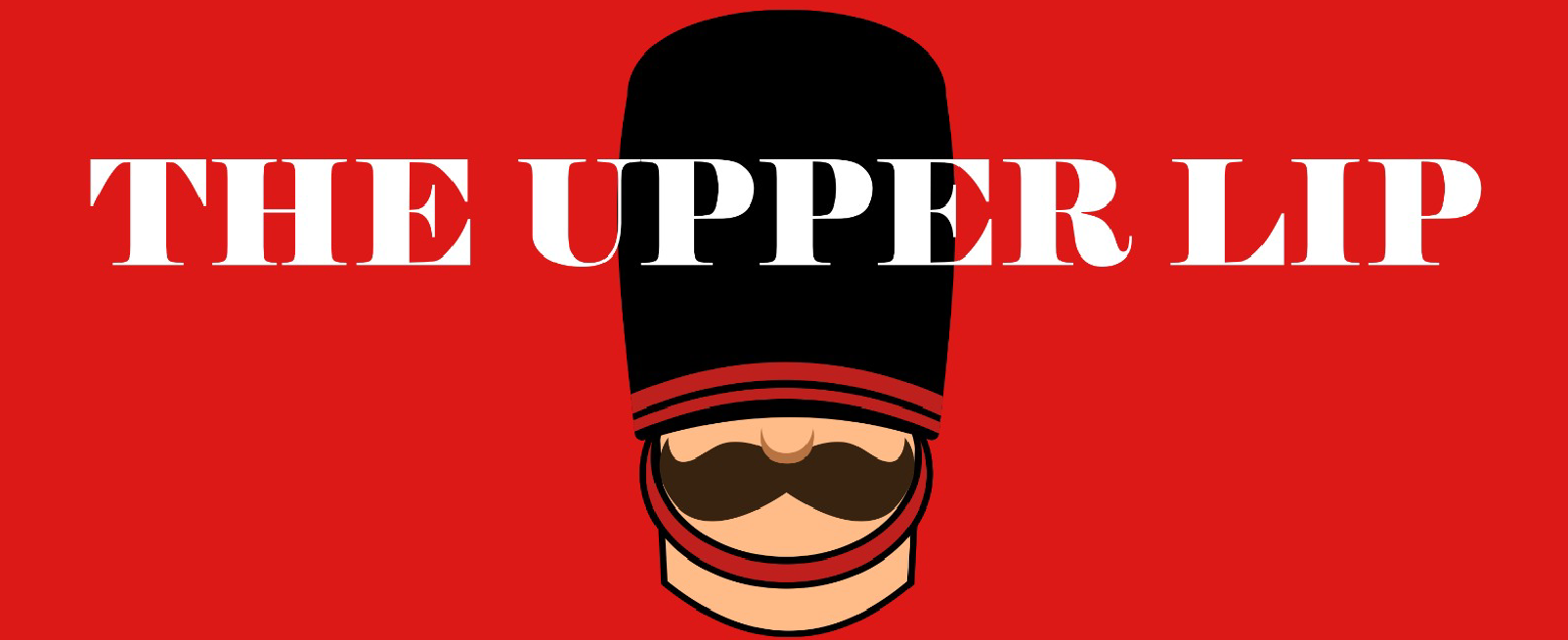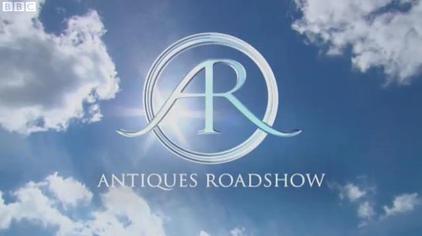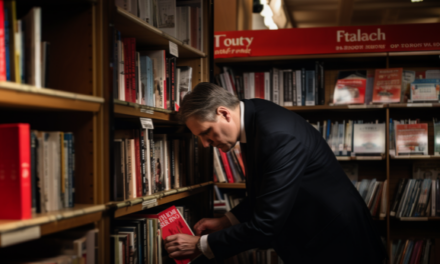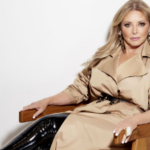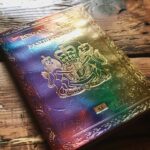The beloved British institution, Antiques Roadshow, has come under fire for allegedly perpetuating racism due to its overwhelmingly white audience. Critics have lambasted the show, claiming that its lack of diversity in the crowd is a clear indication of systemic bigotry lurking behind every porcelain teapot and vintage pocket watch.
“The sheer whiteness of the Antiques Roadshow audience is frankly appalling,” declared one outraged commentator. “It’s a veritable sea of Caucasian faces, as far as the eye can see. This is 2024, not 1924!”
Calls for action have intensified, with demands for the BBC to rectify the situation by drafting in more “collectors of color” to inject some much-needed diversity into the show’s fanbase.
“It’s high time we see some melanin on those antique-loving faces,” exclaimed a fervent activist. “Who cares about the history of vintage teacups when we’re facing a racial crisis of this magnitude?”
In response to the outcry, the BBC has pledged to take immediate action, promising to implement measures to ensure a more diverse audience at future tapings of the show. Plans include outreach programs targeting communities of color and incentives to encourage greater participation from underrepresented groups.
“We are committed to diversity and inclusion in all aspects of our programming, including Antiques Roadshow,” affirmed a BBC spokesperson. “We recognize the importance of reflecting the rich tapestry of British society in our audience composition.”
As the controversy rages on, Antiques Roadshow finds itself navigating uncharted waters, where the value of a Ming dynasty vase may be overshadowed by the hue of the person appraising it. In the quest for diversity, even the most unexpected corners of British culture are not immune from scrutiny.
